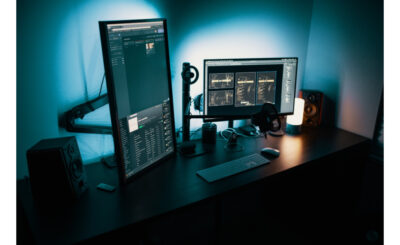Visiting new places means seeing new things and scenery and photographing all of this is one of the most fun parts of the trip. Here are three tips for a good result:
- Light
Both cities and landscapes will look different at certain times of the day. This is because the light changes according to the time, and then being in the right place at the right time to take a photo makes a big difference in the final result.
The golden hour (golden hour), close to sunset, is ideal for you to have photos with warmer and rich colors of soft contrast and a more orange sky. Note that at that time, the number of photographers is much greater than in the early hours of the afternoon. So, book this time to go to that special place you want to visit and photograph. But arrive early so you can choose your seat and test the angle that suits you best. This rule does not apply if you are on an island and want to photograph the sea. The best time to photograph the sea from the top of a boat is around noon when the light comes in, and it is transparent.
But do not stick to the time to take your travel photos; after all, time is limited, and it will not always be possible to return to a beautiful place with better light. Just avoid photographing people with bodies half in the shade and half in the sun during strong sun hours. Also, have editing skill as seen in https://iphotoalternative.com/ to enhance the images.
- Focus
When you’re shooting, pay close attention to your surroundings and see if you can create an image with a blurred background but one that you want to show. This is an alternative to show something creatively. In the case below, I used the clock as the foreground, thus leaving the Florence Duomo out of focus. On the camera, you can achieve this blur by changing the Aperture (f /), and the new iPhones have this feature in Portrait mode.
If you don’t know how to use your camera’s Aperture, I recommend reading the article Understanding Aperture, Speed and ISO: The 3 Pillars of Exposure.
- White Space
This blank space refers to the space around the photographed object. White space can be an excellent element to make a more artistic composition. This means that nothing distracts the person from looking at other objects, so you emphasize what you want to show and with even more creativity. You can use the sky, the water, the sky at sunset, or even a blank space.








